new jersey tea plant care
Easily grown in average dry to medium well-drained soils in full sun to part shade. Dry Soil and Full Sun.
Ceanothus Americanus New Jersey Tea From New Moon Nurseries
If your site is dry and sunny here are a few possible companions that do well in the same conditions.

. New Jersy Tea grows best in well-drained sandy loam or rocky soils in full sun to partial shade. New Jersey Tea can be cultivated in sites with full sun to part shade and light soil texture. A deep tap root makes this small shrub very drought tolerant once established.
New Jersey tea. New Jersey Tea has a slow to moderate growth rate. The root root bark and leaf of the plant have been used to make medicine.
For best results plant your New Jersey tea in a soil mixture that is sandy loamy and well-draining. Propagate by seed cold stratified for one month semi-hardwood cuttings softwood cuttings. Combine all of these and youll have.
24-36 tall x 36 wide. Deep tree-like roots of this shrub make it drought-tolerant but difficult to move once established so choose your spot wisely. Keep an eye out for leaf spot and powdery mildew.
So youll be putting plants together that belong together so long as thats where you live too. They need at least four hours of sunlight a day and prefer morning sun and afternoon shade. Was a substitute for tea during the American revolution.
Plants thrive in sun and average to dry soil. 4 - 8 Mature Height. New Jersey Tea Ceonothus americanus plant is excellent for.
Flowers of New Jersey Tea. The soil can contain loam rocky material or sand. In length brown to dark brown glossy and ovoid in shape.
Ceanothus americanus commonly called New Jersey tea is a compact dense rounded shrub which typically grows 2-3 tall less frequently to 4. Sharply drained soils are important to keep your shrub healthy. Sign-in or create an account to submit a question.
In fact New Jersey tea shrub care is minimal. New Jersey Tea Ceanothus americanus. Drought Drowning and Edema Hardiness Zone.
With two exceptions both noted all of the plants mentioned have similar native ranges to the New Jersey Tea. The plants will mature in 2 to 3 years and they are very long-lived. New Jersey Tea Ceanothus americanus 3-pack of pots.
It is also effective as a shrubby ground cover for hard-to-grow areas such as dry rocky slopes and banks. Pollinators flock to the blooms. Although not attractive to natural enemies in the third year of growth this plant flowered profusely in its fourth year of growth and may be more attractive to beneficial insects as it matures.
As is often the case with deep-rooted plants it can be challenging to transplant. New Jersey tea Ceanothus americanus is a plant. The preference is full or partial sun and average to slightly dry conditions.
New Jersey Tea Ceanothus americanus is a multi-stemmed shrub that rarely exceeds 3 or so in height. If you are wondering how to grow a New Jersey tea shrub all you have to do is site the plant appropriately. Billows of delicate white flowers form at the end of young branches in May and June.
New Jersey tea has been. Clusters of small black fruit form in July and August. Cylindrical clusters 1-2 long of tiny fragrant white flowers 18 appear on long stalks at the stem ends.
Thats because New Jersey tea shrubs are low maintenance plants that tolerate drought and thrive in dry soil shallow soil and rocky soil. The dried leaves of New Jersey Tea make a flavorful tea that was popular during the Revolutionary War. It is native to Missouri where it occurs in prairies glades dry open woods and thickets throughout the state Steyermark.
The foliage is serrate and reticulate with the veins marked by shallow grooves. Because of its deep root system it is great for use in erosion control on slopes but this also makes it difficult to transplant. You can easily grow them in well-drained soils in either full sun or part shade.
6 hours of sun a day and a well drained site are optimal. New Jersey tea plants will thrive best if located in a spot that boasts full sunlight. Dried caffeine free leaves when boiled a few minutes make a tea similar to Liptons regular.
They wont tolerate standing water so elevate them in raised beds if you need to improve drainage. No serious pest or disease issues. Grow New Jersey Tea in either full sun or partial shade.
New Jersey Tea Care Light. New Jersey Tea is excellent as a shrub border and a is a fabulous addition for native plant gardens. New Jersey tea Ceanothus americanus is a low-growing native shrub that can be found throughout most of the eastern half of the USIt is an interesting plant from both an ecological standpoint and from a historical ethnobotanical standpoint.
The flowering season ranging from May to June in Virginia is relatively brief. The individual florets are about ¼ wide with 5 petals and a pleasing fragrance. Tolerant of poor soils.
A few of these placed in a garden will compliment many other summer blooming flowers such as Butterfly Milkweed and Coneflowers. However if being grown in. Small Medium Large Exposure Light Requirements.
It isnt a woody or thick stemmed shrubit has thinner stems. Each capsule contains 3 seeds that are 2-3 mm. Full Shade Full Sun Partial SunShade Pests and Problems.
A deciduous shrub that grows just 3 tall and is compact and rounded by nature. New Jersey Tea is a tidy short shrub with white lace-like flowers. Best in sandy loams or rocky soils with good drainage.
It is drought tolerant once established and tolerates road salt. The root system consists of a stout taproot. Distribution map for Ceanothus americanus from the New York Metropolitan Flora Project.
As such it is a candidate for landscape plantings or naturalistic wildflower settings. New Jersey Tea was a name coined during the American Revolution because its leaves were used as a substitute for imported tea. Easy to grow this plant is difficult to transplant once established.
New Jersey tea can be grown from seed flowers in third to fourth year or plug material flowers in second to third year. While it may have been formerly common here in north Jersey two factors seem to have conspired against its widespread persistence in the current flora. A low-growing compact shrub thats excellent for hot dry sites.
In summer plants are adorned with many white rounded flower panicles. Water your New Jersey tea. Excellent plant for sunny areas banks and slopes shrub borders or native plant gardens.
In the wild New Jersey tea is typically found in rocky areas sandy areas glades open woods prairies and abandoned.

New Jersey Tea Ontario Native Plants

Ceanothus Americanus Mountain Snowbell New Jersey Tea North Carolina Extension Gardener Plant Toolbox
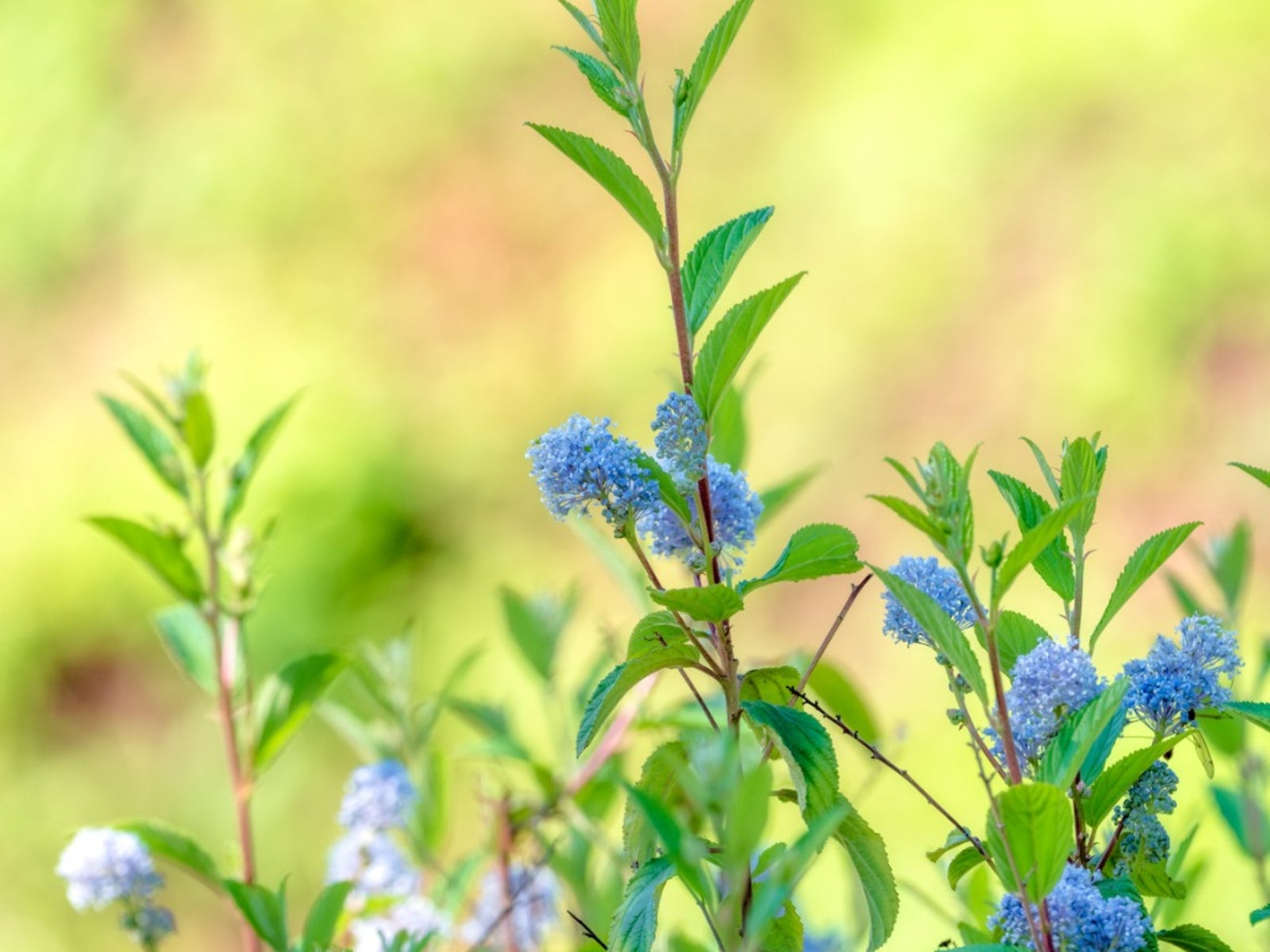
What Is A New Jersey Tea Plant Guide To New Jersey Tea Shrub Care

New Jersey Tea Ceanothus Americanus 3 Pack Of Pots Blazing Star Gardens Garden Shrubs Native Plants Plants

New Jersey Tea Native Shrubs Johnson S Nursery Knowledgebase
Ceanothus Americanus New Jersey Tea From New Moon Nurseries
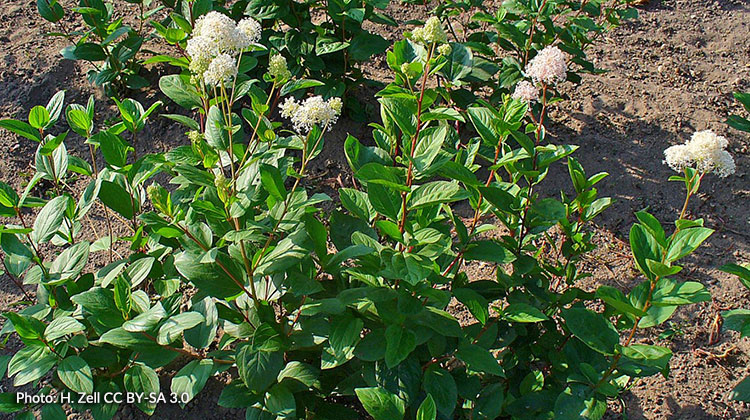
Growing Native New Jersey Tea Ceanothus Americanus Melinda Myers

Ceanothus Americanus New Jersey Tea

New Jersey Tea Native Plants Prairie Planting Invasive Plants

New Jersey Tea Native Shrubs Johnson S Nursery Knowledgebase
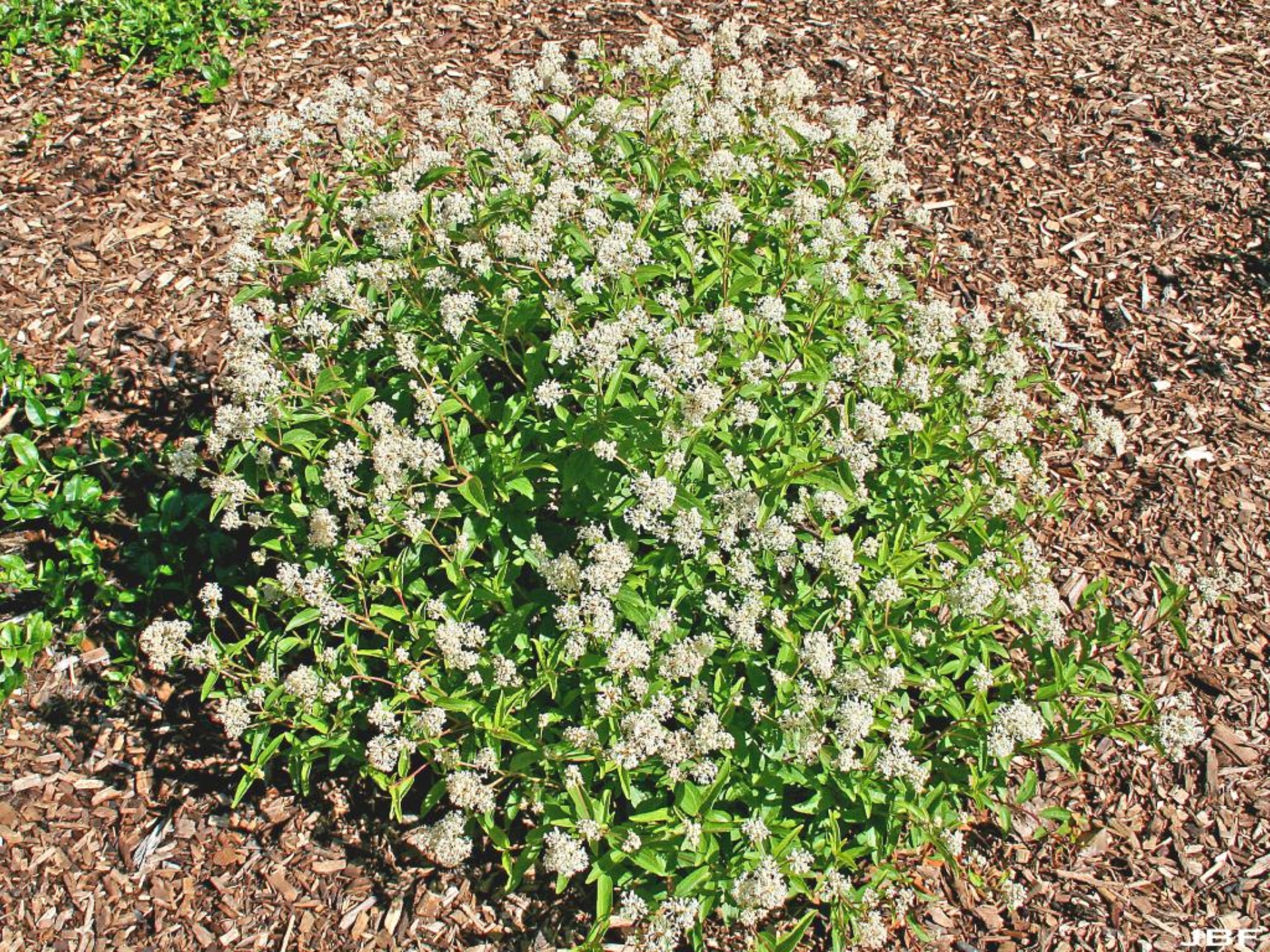
New Jersey Tea The Morton Arboretum

Wildflower Of The Year 2019 New Jersey Tea Ceanothus Americanus Virginia Native Plant Society

Ceanothus Americanus Mountain Snowbell New Jersey Tea North Carolina Extension Gardener Plant Toolbox
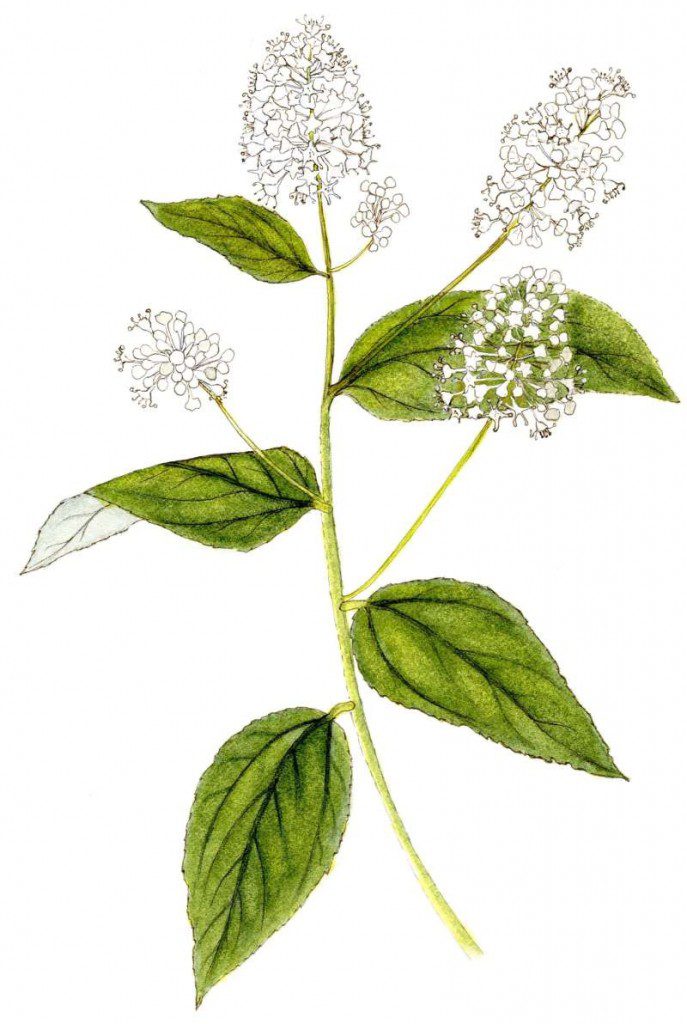
Wildflower Of The Year 2019 New Jersey Tea Ceanothus Americanus Virginia Native Plant Society
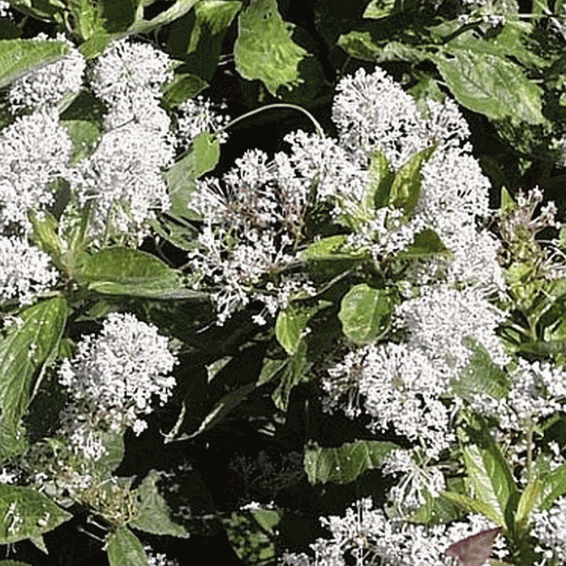
New Jersey Tea Seeds Ceanothus Americanus Seeds

New Jersey Tea Ontario Native Plants

New Jersey Tea Native Shrubs Johnson S Nursery Knowledgebase

